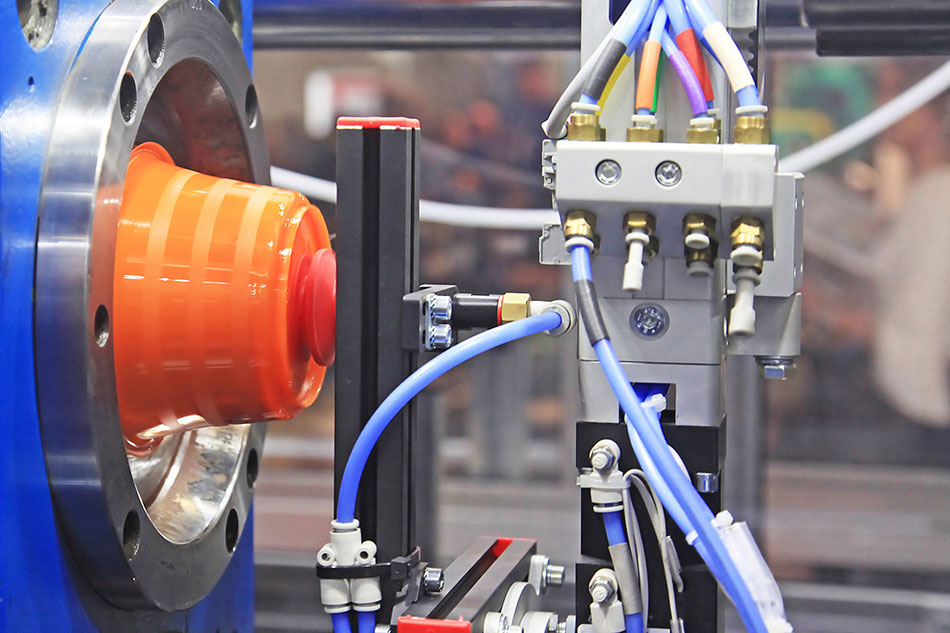The proper cooling time when making parts with injection molding is very important. It’s a big factor in the quality of the final product. The cooling portion is the longest part of the injection molding process. Immense heat is required to liquefy plastic resin to its ideal flow rate, so it takes quite a while to cool back down completely. Never overlook this stage or simply assume it’s fully cooled.
If an injection mold isn’t cooling properly, it can affect the quality of the finished product. The plastic can end up warped or weakened. The speed that the part is cooling from the time of injection to the time it can be removed from the mold is its cooling rate. The cooling rates on both sides of a part have to be even. The part won’t have the same thickness throughout and could end up deformed if it’s not cooled evenly.
Proper cooling times can be accurately estimated using an equation that has a lot to do with how thick the part is. The type of material used and design of the mold can have a major impact on cooling. Cooling channels should be included in the design of the mold. The heat travels from the material to the mold, then to the water lines and air around the mold.
About 80% of the entire injection molding cycle is spent on cooling time. The thicker a part must be to work, the longer the cooling time will be. Using proven methods for cooling line design in the molds reduces cooling time and the risk of warping if the engineer designs the mold cooling channels correctly. Some molds are fully instrumented with sensors to be sure the cavity is filled and to measure temperatures and pressure.
Engineers design the mold to fill as quickly as possible to be consistent with quality. If the mold fills too slowly, the part is nearly impossible to pack and can become frozen. Cooling is simply a waiting game. If engineers design the molds for optimal flow, packing, and faster cooling, the cooling time for the material goes down. The pressure inside is measured as well, it goes down as the part cools and naturally shrinks.
Plastic injection molds are made to keep the temperature regulated throughout the process. Sometimes cooling water is sent through cooling channels to keep the hot plastic cooling evenly. The temperature of the mold is important every step of the way.
If parts haven’t had enough time to cool they won’t solidify properly. Some parts can come out defective. They don’t hold their shape or can shrink or warp more easily than fully cooled pieces. Well-designed molds and consistent cooling time produces quality finished parts with fewer problems. The part should be cooled until it holds its shape and can be removed from the mold without damage. Extra cooling time does no good either. When the temperature of the plastic stops reducing, it’s safe to remove the part from the mold.



